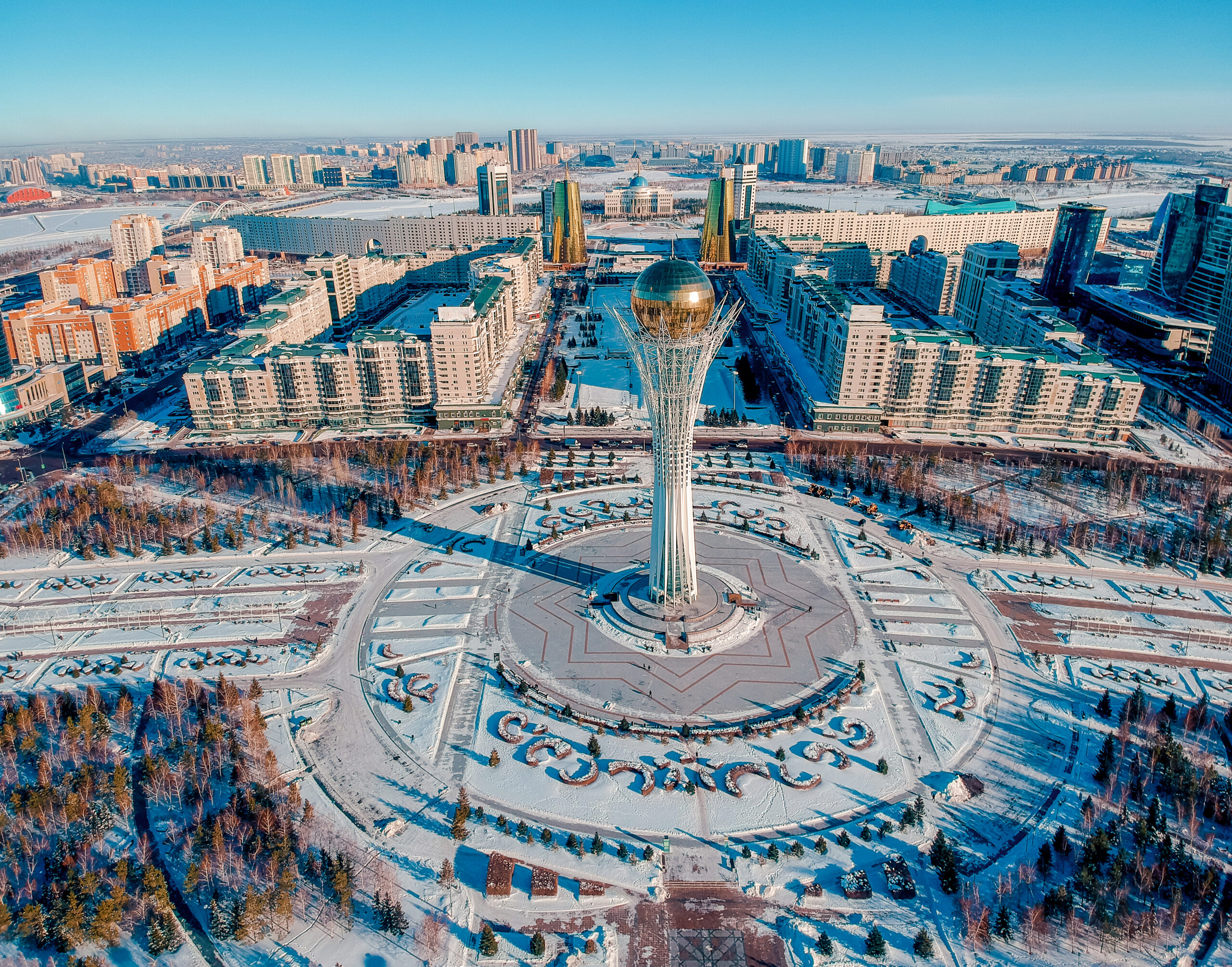Central Asian countries are facing major food security challenges but can meet them by working together on shared solutions.

Photo credit: shutterstock.com
Central Asia is emerging from a punishing winter. With farms blanketed in thick snow, unusually low temperatures have curtailed harvests for certain vegetables. Some countries like Uzbekistan and Kazakhstan have temporarily halted the export of onions due to the impact of the harsh winter.

Giap Minh Bui.
None of this helps food prices, already elevated because of overlapping crises. Last year, the region saw a double-digit rise in food price inflation from trade disruptions caused by the Russian invasion of Ukraine and supply chain disruptions due to the lingering effects of the pandemic.
It’s another grim reminder that challenges to food security are ever present. Water volumes in the Syr Darya and Amu Darya river basins, a vital source of irrigation water for up to 10 million hectares of land in Central Asia, are expected to drop by up to 15 percent. Melting glaciers will further exacerbate crop timing and watering as the river flows peak earlier in the year.

Yasmin Siddiqi.
While there are no easy answers, clearly, the region will require significant investment and financing to develop more productive, resilient, and sustainable agriculture. Regional cooperation can also help to shore up food security. In one of the most landlocked parts of Asia, closer collaboration between Central Asian governments can help to drive climate-resilient and sustainable food production and boost trade to meet gaps in food needs.
Members of the Central Asia Regional Economic Cooperation (CAREC) Program, a partnership of countries in Central Asia and beyond, took a step in the right direction last year. In November, they endorsed a new cooperation framework to see them work together more closely in agricultural development and food security. Here are three ways they plan to collaborate.
First, by sharing best practices in agriculture. Food products such as wheat, rice, and maize make up most of the region’s agricultural products, but yields are generally low given that many farms across the region are small with low levels of mechanization. The average farm in Azerbaijan, the Kyrgyz Republic, Pakistan, and Tajikistan is about 1-3 hectares. These relatively small-scale farms also limit the ability of farmers to access financing for farm inputs and technology that would boost production.
Yet, elsewhere in the region, modern agricultural practices are helping to boost yields. For example, the People’s Republic of China has introduced technology that uses less irrigation water by distributing it at low pressure through a piped network. Kazakhstan has been using data on soil, weather, and crop yields collected by drones and satellites to optimize yields from fertilizers and pesticides. And pilot projects in the country based on this approach, known as precision agriculture, show promise: increasing livestock milk yields by 18 percent, cutting crop farming costs by 20 percent and boosting cereal yields by 2.5 metric tons per hectare.
Another way knowledge can be shared is through education and research. Developing vocational training and higher education programs in modern farming methods will help equip the next generation of farmers and agricultural professionals, particularly if these programs target girls and young people in rural areas. Joint research into higher-yielding crop varieties resilient to pests, epidemics, and changing water conditions will help improve yields.
Second, by working together to develop food value chains. Key components of food value chains, including storage services and food processing, remain underdeveloped in most Central Asian countries, where up to 25 percent of harvested fruits and vegetables are lost.
Countries in the region can address these weaknesses by putting in place a conducive business environment that will encourage the private sector to invest in facilities and services that are vital to securing the food supply. It is essential that governments improve strategic production planning and zoning, develop public infrastructure, and secure land tenure for primary agriculture and post-harvest processing. Providing transparent incentives for private sector businesses and protecting their assets once invested are also important.
Third, by improving food safety systems to expand trade. Many CAREC countries have outdated food safety management systems and sanitary and phytosanitary measures inconsistent with international standards. The CAREC program advises its members on strengthening food safety systems and adopting electronic sanitary and phytosanitary certification systems that are more efficient and transparent to update these standards.
Improving food safety systems and aligning them with international standards will help to boost food trade within the region and help ensure food is available and affordable. It can also attract foreign direct investments into the food industry, which can help to boost supply, meet countries’ food needs and expand markets for their products beyond the region.
Countries in Central Asia are facing major food security challenges, but there is great potential for long-term solutions by working together under the new cooperation framework.
The authors are Yasmin Siddiqi, Director for Environment, Natural Resources and Agriculture Division, Central and West Asia Department, Asian Development Bank, and Giap Minh Bui, ADB Principal Natural Resources and Agriculture Economist.


